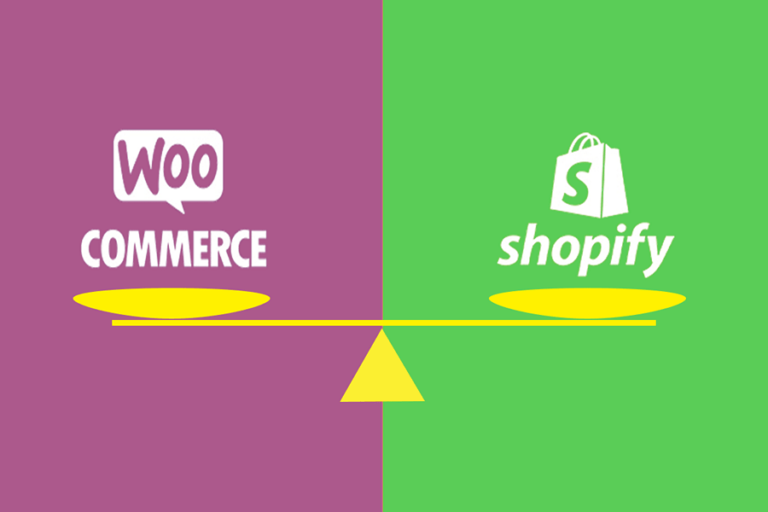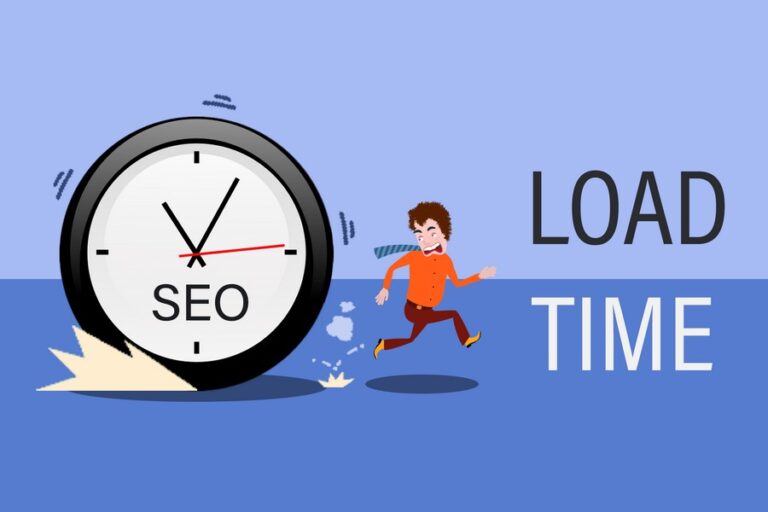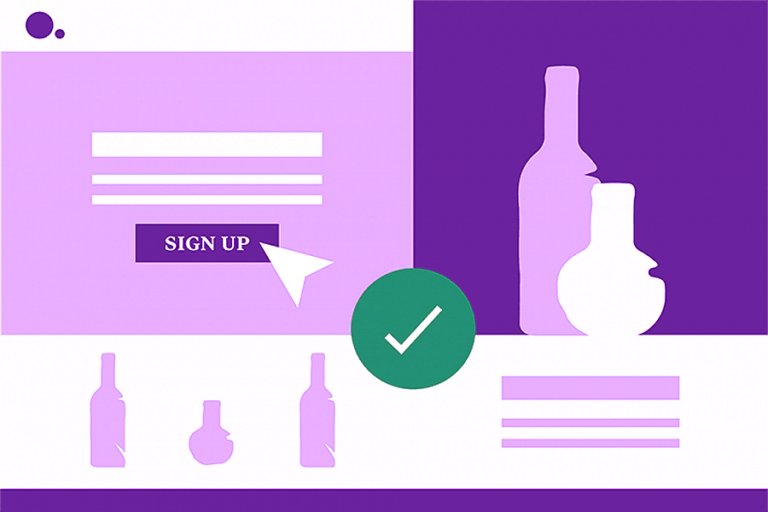WordPress網站在數位環境中的成功取決於其在搜索引擎中的可見度。搜尋引擎優化(SEO)不僅僅是網站行銷業裡的行話,也是推動您的網站登上搜索結果首頁的推動力。SEO最佳化如何做?我們在這篇文章裡沒囉唆話不藏私,一次全公開說清楚SEO優化的基本必要重點指南,來提高您的網站在互聯網上的可見度。
1 - Optimize Permalinks and URLs
Set up SEO-Friendly Permalinks in WordPress Settings
When configuring your WordPress permalinks for SEO, you should ensure that you choose a particular structure that matches your content hierarchy. Navigate to Settings-Permalinks to select a format that has a post name. This makes it easier for search engines and users to understand your page content at a glance.
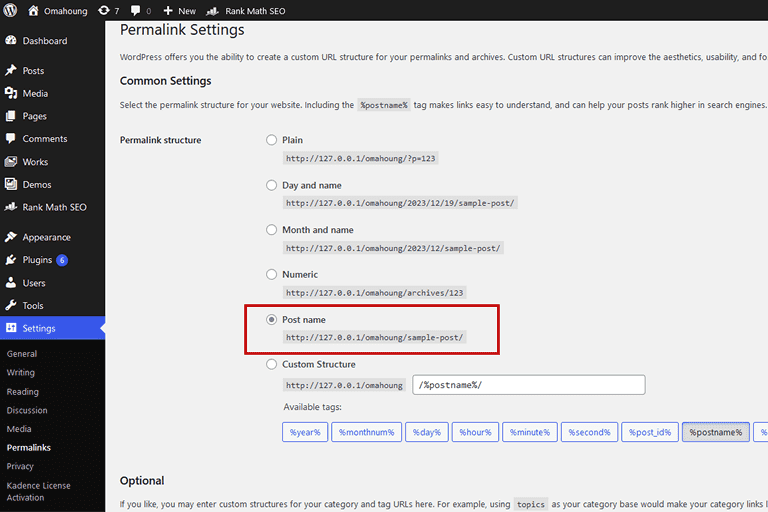
Customize Titles and URLs to Include Relevant Keywords
When creating a new post or page, ensure that the title and URL are shortened and clearly depict the topic. Make sure the title is catchy and relevant with specific keywords. Moreover, edit the URL to suit the title but be brief, delete all the irrelevant words, and use the same keywords. This dual adjustment improves user readability and also substantially aids search engine recognition.
For example, a good title and URL could be, “Top 10 Must-Have WooCommerce Plugins for Your Online Store” and “yourwebsite.com/top-woocommerce-plugins/”.
The harmonization of the title and URL makes a unified SEO-friendly framework for users and search engines.
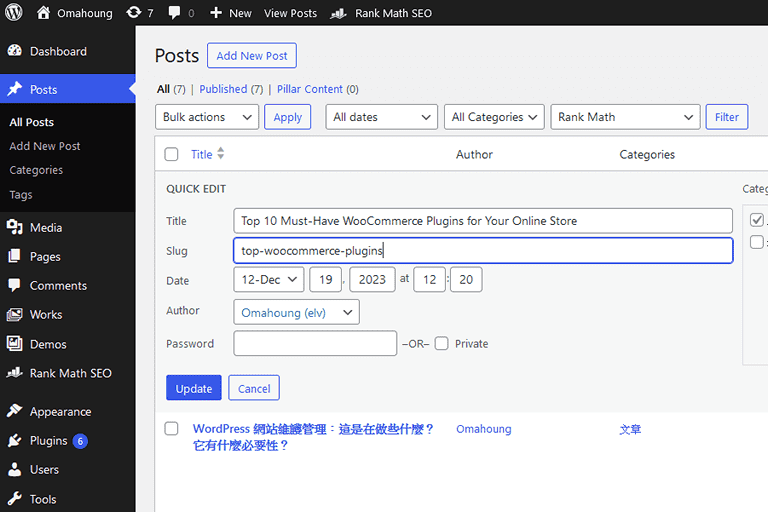
2 - Keyword Research and Implementation
Importance of Keyword Research for WordPress SEO
The fundamental element in successful WordPress SEO is keyword research. Identify keywords used by your audience to find other types of content like yours, and include them in your article to make sure your site pops up in related searches. There are tools such as SEMRush, Ahrefs, and Google Search which are very precise in search volume, competition and relevance.
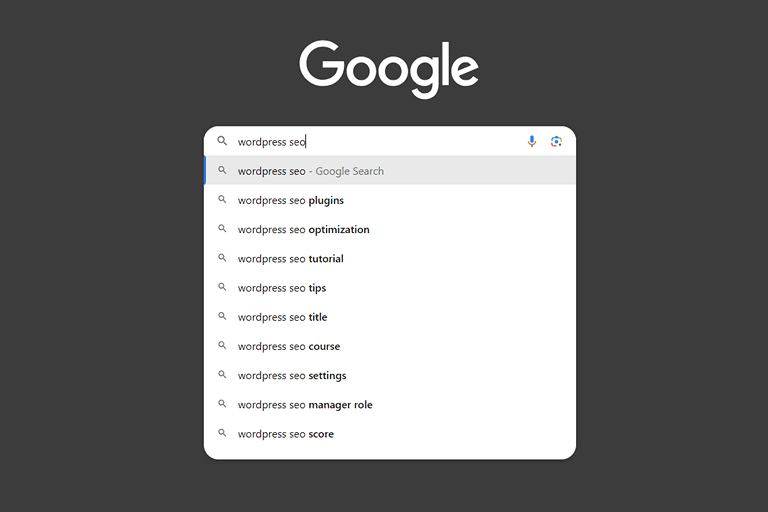
Implementing Keywords in Your Content
Once you've conducted thorough keyword research, the next step is implementing them in your content. This involves incorporating them naturally into your article, including headings and meta tags. By doing so, you optimize your content for search engines and enhance its visibility.
3 - Install a WordPress SEO Plugins
WordPress SEO仰賴於使用適當的外掛進行輕鬆優化。其中一些包括Rank Math, All in One SEO和Yoast SEO.
WordPress SEO relies on appropriate plugins for easy optimization. Some of these include Rank Math, All in One SEO, and Yoast SEO.
這些是在優化網站每個頁面時的SEO夥伴。例如,它們可以協助確認標題,元描述和內容是否與預定的關鍵詞相匹配,它可以提供有意義的數據去協助以SEO優化為目的的內容。
4 - On-Page SEO Optimization
Title Tags, Meta Descriptions, and URL Structure for WordPress Posts/Pages
Write title tags that succinctly describe the content and incorporate your main keywords. Create concise meta descriptions that will make users want to visit your site. Ensure that the URL structure matches the content, using appropriate keywords. Example:
- Title Tag: "Effective WordPress SEO: Boost Visibility with Simple Strategies"
- Meta Description: "Explore practical tips for optimizing your WordPress website's SEO. Boost online visibility with straightforward strategies that work."
- URL:“yourwebsite.com/effective-wordpress-seo”
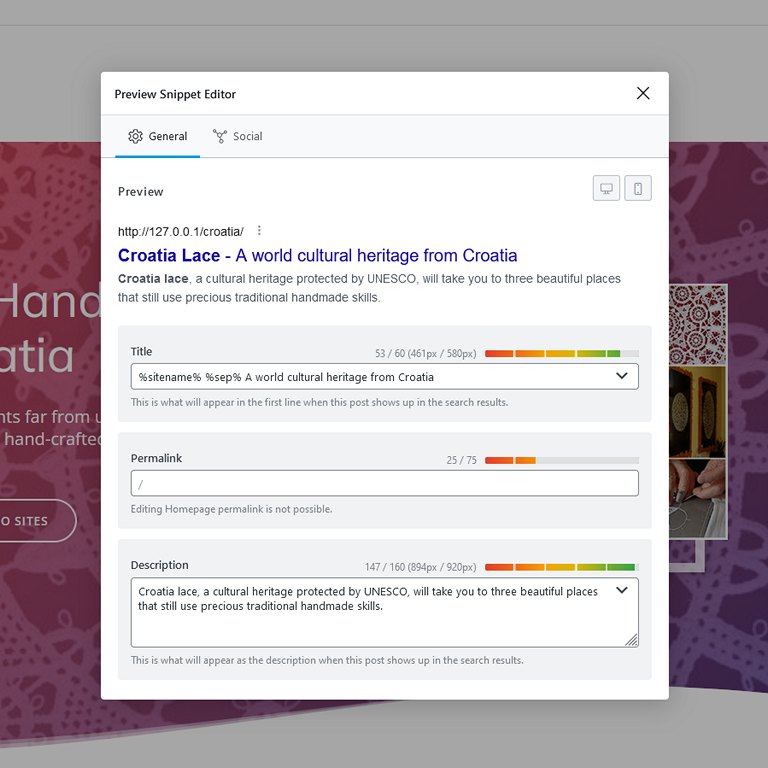
Proper Use of Headers (H1, H2, H3) for Content Hierarchy
Incorporate clear headers such as H1, H2, and H3. Use H1 for the main heading, H2 for sub-headings, and H3 for further divisions in your article. This not only enhances readability but also highlights content structure for search engines. Example:
<h1>優化您的WordPress網站</h1>
<h2>WordPress SEO簡介</h2>
<h3>關鍵詞的重要性</h3><h1>Optimizing Your WordPress Website</h1>
<h2>Introduction to WordPress SEO</h2>
<h3>Importance of Keywords</h3>Image Optimization and Alt Tags
Enhance your site’s performance for better SEO through optimized images. Resize and compress images, and use proper alt tags containing specific keyword. These tags help blind users as well as improve search engines’ knowledge of the content you have.
5 - Quality Content Creation
The Role of High-Quality Content in SEO
High-quality content is fundamental for effective SEO. Search engines prioritize content that provides value to users. Strive for relevance, clarity, and uniqueness in your content to establish authority and boost search engine rankings.
It is essential to ensure that a website provides high-quality content. Such content tends to rank higher in most search engines. Ensure that your content is relevant, clear, and unique as that will make you an authority and attract more traffic from search engines.
Tips for Creating Engaging and SEO-Friendly Content in WordPress
- Seamlessly integrate targeted keywords.
- Use short paragraphs and simple sentences for readability.
- Include multimedia elements for engagement.
- Use internal and external linking.
Importance of Regular Content Updates
Keep your content up-to-date so as to remain relevant and maintain search engine visibility. Include new information, update obsolete material, and ensure that your website reflects the newest trends in your industry.
6 - Mobile Optimization
手機友善網站對SEO優化的重要性
SEO greatly relies on mobile-friendliness. The increasing number of people browsing content via smartphones has made search engines prefer mobile-friendly sites more than ever before. A mobile responsive design makes your website accessible and user-friendly across all devices.
Tips for Optimizing WordPress Websites for Mobile Devices
- Choose responsive themes like GeneratePress, Kadence, Blocksy, Astra…
- Ensure fonts and buttons are appropriately sized for smaller screens.
7 - Website Speed and Performance
The Importance of Fast-Loading Websites for SEO
Success in SEO requires having a fast-loading website. Search engines prioritize user experience, and a fast site not only improves engagement but also reduces bounce rates, ultimately leading to higher search rankings.
Techniques for Improving WordPress Website Speed
- Use caching plugins like WP Rocket or Speed Optimizer to store static versions of your site, reducing load times.
- Resize and compress images to minimize their impact on page load speed.
- Minimize HTTP requests by reducing the number of elements on a page.
關於佈景主題及頁編輯器如何影響WordPress網站速度請點擊這篇Articles.
For information on how themes and page editors affect the speed of WordPress websites, please click on this article.
Tools for Measuring and Monitoring Website Performance
- Google PageSpeed Insights: Assess performance and receive recommendations directly from Google.
- GTmetrix: Analyze site speed and receive actionable suggestions.
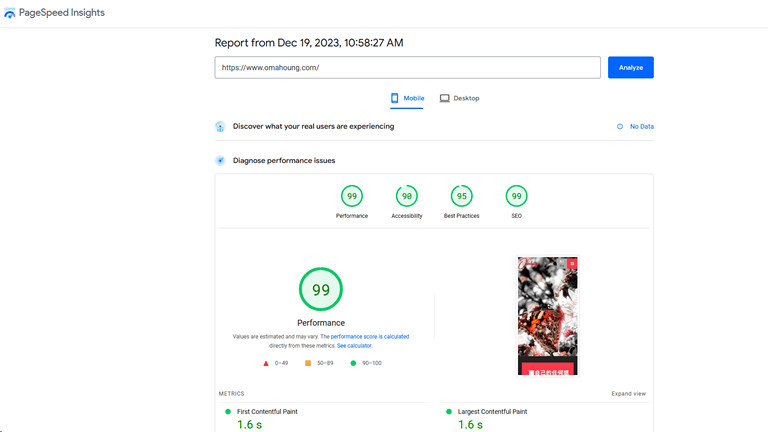
8 - Backlinks Building Strategies
Understanding the Role of Backlinks in SEO
A backlink is a link from another site that points to yours. They are also necessary for SEO since they act like endorsements by other websites. Quality backlinks are treated by search engines as votes for your site and its content. This positively influences search rankings. However, the nature of the websites that provide backlinks also affects the SEO weighting. For example, backlinks from reputable websites carry higher scores compared to those from link-building or spammy sites.
Strategies for Acquiring Quality Backlinks for WordPress Websites
- Guest Posting: Offer quality information to top sites related to the field.
- Broken Link Building: Find broken links on reputable sites and offer your relevant content as a replacement.
- Collaborate with Influencers: Get quality backlinks by working with influential bloggers.
Importance of Internal Linking within WordPress
- Improved site navigation: Internal links guide users, enhancing navigation.
- Distributed page authority: Spread page authority by strategically linking to key pages.
- Enhanced SEO: Internal links provide better structure of content for search engines.
9 - Social Media Integration
How Social Signals Contribute to SEO
Social signals, such as shares on social media platforms, contribute to SEO by indicating content relevance and popularity. Search engines acknowledge this engagement as a positive factor in determining search rankings.
Tips for Integrating Social Media with WordPress for Improved Online Visibility
Integrate social share buttons in your WordPress website for easy sharing of the content on Facebook, LinkedIn, and other platforms. For instance, you could add buttons below each blog post that would allow users to share the content in one click.

10 - Monitoring and Analytics
How to Monitor and Measure the Effectiveness of SEO Efforts
- Traffic Analysis: Regularly review Google Analytics reports for changes in website traffic.
- Keyword Performance: Monitor rankings through Google Search Console and seek for improvements.
Making Data-Driven Decisions for Continuous Improvement
- Identify Trends: Spot trends in analytics data to understand what works and what requires change.
- Content Optimization: Use data insights to maintain high-performing content and improve underperforming pages.
Example: if a particular blog post receives high traffic, analyze the content to understand why and replicate those elements in future posts.
11 - Conclusion
These strategies are not mere recommendations but absolute requirements for WordPress website success. They involve not only writing and managing content, but also understanding several technical aspects of a website.
By incorporating these SEO best practices into your routine, you will not only improve your site’s visibility but also lay a durable foundation for long-term development.


